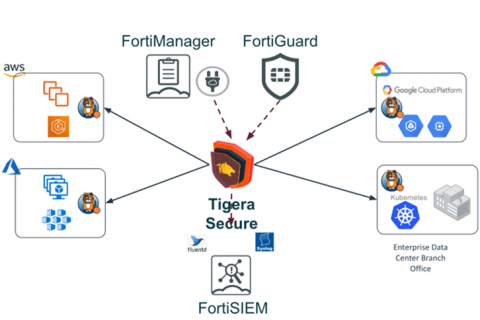What is an Attack Vector? Common Attack Vectors
In cybersecurity, an attack vector is a path or means by which an attacker can gain unauthorized access to a computer or network to deliver a payload or malicious outcome. Attack vectors allow attackers to exploit system vulnerabilities, install different types of malware and launch cyber attacks. Attack vectors can also be exploited to gain access to sensitive data, personally identifiable information (PII) and other sensitive information that would result in a data breach.







